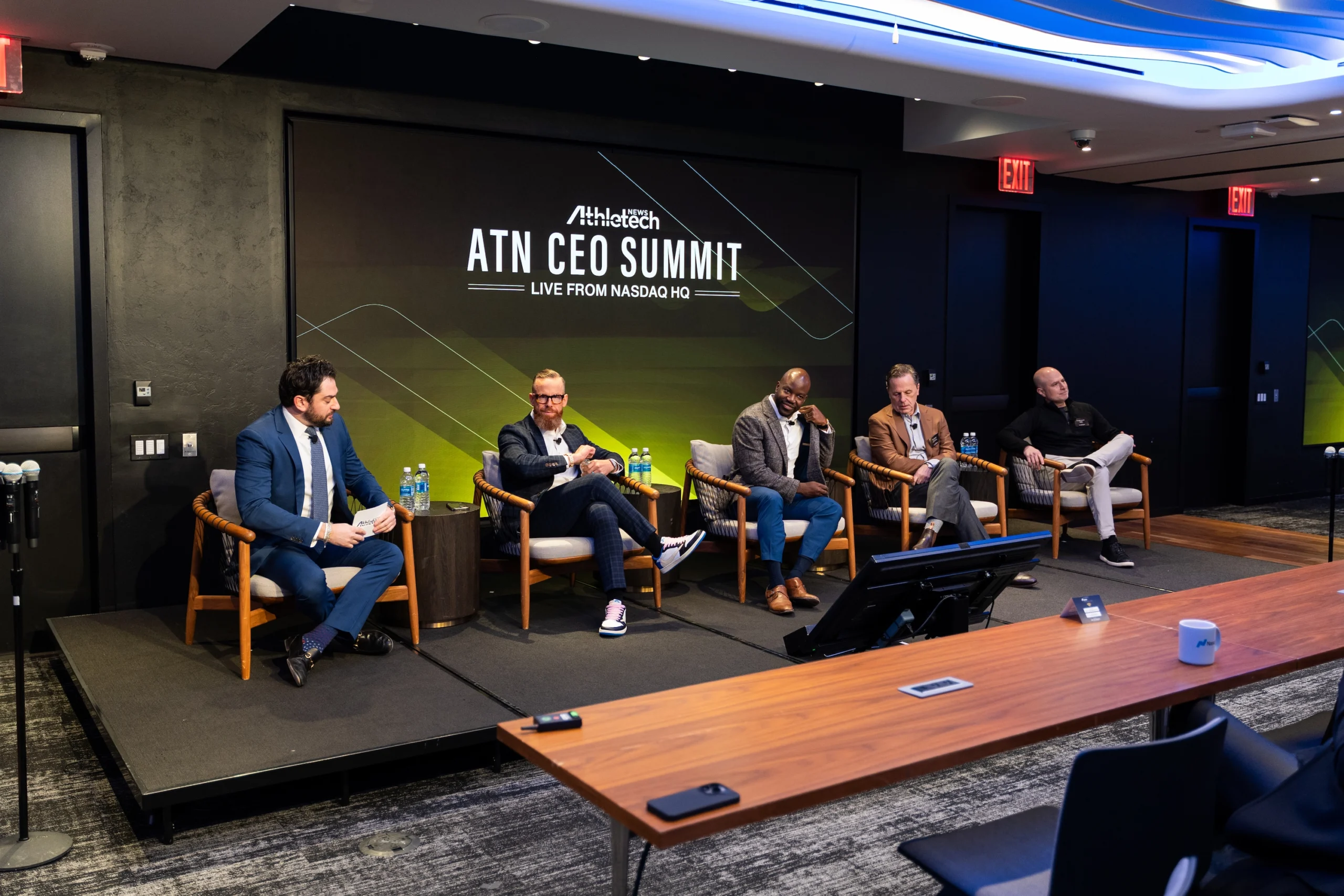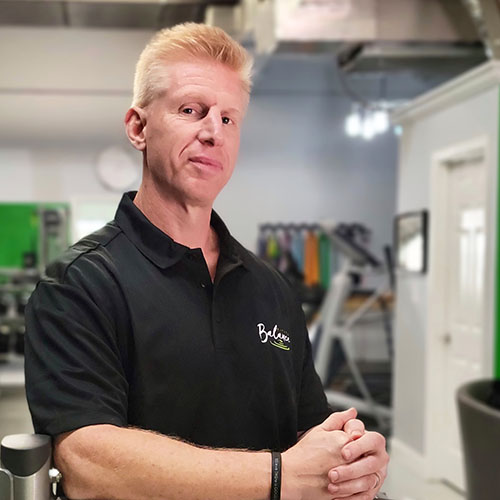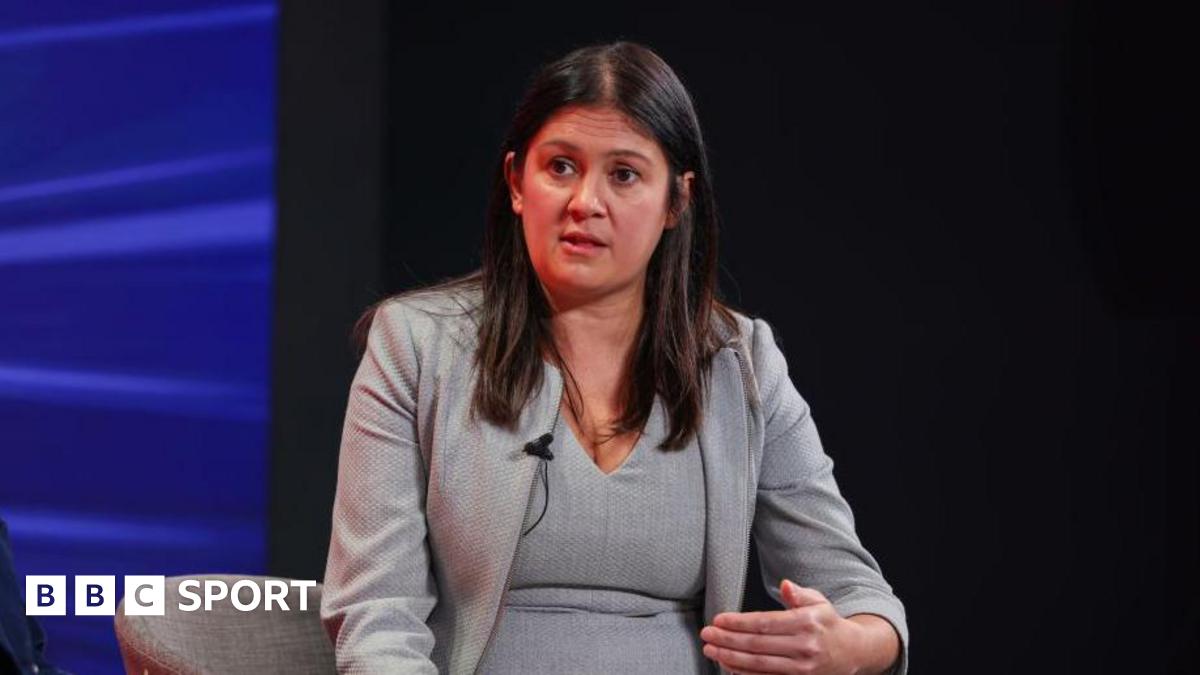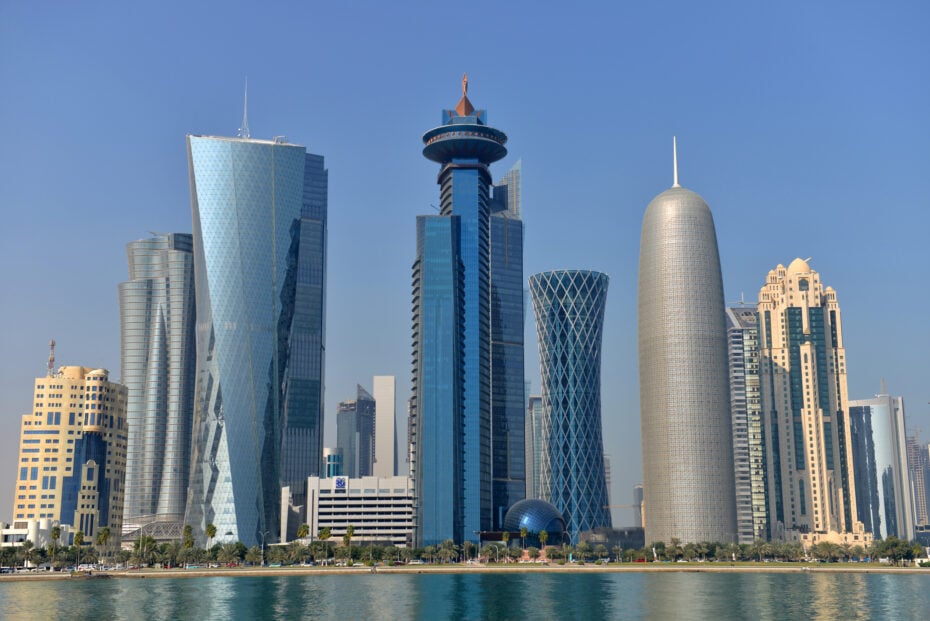The panel broke down how big cities aren’t all they’re made out to be when it comes to fitness real estate, the usefulness of cutting-edge data, and more in the discussion
In an era featuring virtual trainers, AI-designed wellness plans and equipment manufactured for at-home usage, brick-and-mortar continues to stand the test of time. It’s not dragging its feet either. Fitness real estate remains a surging element within the industry, where wellness real estate even embodies the fastest-growing market in its economy prior to the pandemic.
At the 2025 ATN CEO Summit, SABRE Co-Founder and CEO Jay Siano, SABRE Principle Douglas Jerum, Solidcore President and CEO Bryan Myers, Asana Partners Managing Partner Terry Brown and Athletic News Founder and CEO Edward Hertzman, sat down to explain how operators can successfully drop in on this real estate wave and ride it for years to come.
While properties with spacious floors and ample opportunity for diversified offerings have a magnetic pull for those involved in fitness real estate, the panel began by applying a bit of caution, arguing operators must first value their core goals and motives in this increasingly saturated market.
“You can’t be everything to everybody,” said Siano. “We see a lot of concepts that have a little too much square footage and they decide to throw in a cold plunge or a sauna because they now want to get in the recovery business. I will tell you that if Solidcore chose to do that, they would not be Solidcore.”
With ample brands dedicating themselves to specific modalities, you don’t want to steer away from your own, and in some cases, test a market for someone else to eventually take over.
“By throwing in that recovery, hot and cold thing, chances are you do it for a few hot minutes, and then all of a sudden, Jamie Weeks is going to open a SWTHZ on your doorstep, and that business is probably going to go away,” Siano added. “You’re going to take your eye off the ball and be less great at what you’re supposed to be great at.”
The bright lights of big cities represent another snare ambitious franchisors often fall into. While many see New York or Los Angeles as their first step toward success, experts agree it should be one of their last.
“If you can make it here, you may not make it anywhere else,” said Jerum of the Big Apple. “People are totally enamored with having a successful concept here, but this is unlike any other market in the country.”
Jerum instead advised opening in a second-tier market, where there’s no unlimited supply of customers, requiring brands to establish a disciplined staff and capital expenditures. This gives brands a more legitimate test to ensure they’re ready to take those riskier steps.
“I’m much more comfortable putting money into a business that is successful in Columbus, Ohio, because then if you go to New York, you’re gonna probably totally crush it,” Jerum added.
Myers agreed from a big picture standpoint. Making it clear to investors you can succeed in secondary or tertiary markets reduces risk, which remains the largest roadblock between brands and acquiring additional investments.
“What you ultimately are able to do by showing that the model works in multiple different types of markets is actually taking risk off the table for them,” said Myers. “If you are overexposed to just the coastal cities, the New Yorks, the LAs, and then something happens in those cities, economic environment changes happen and those cities are the last to reopen, they want to try to minimize that exposure, that concentration risk. That is huge, as they are thinking about sitting in front of their investment committee and advocating.”
No business transactions today take place without influential data behind them either. Solidcore, having grown to 110 locations by now, is no different. Before purchasing real estate, the brand looks beyond who their customer is, but who their customer has been to understand how they might evolve, allowing them to better serve them in the future. That includes looking at what a region’s GDP drivers are or if there’s a net inflow or outflow from a population standpoint.
“We want to know that when are signing a lease with an amazing landlord partner like Asana, and we’re saying, we’re committed to this site for at least 10 years, that we’re not just signing that site knowing that the business can be great today, but that we also know that this is going to be great five or 10 years from now,” Myers explained.
Be on the lookout for more information on the ATN Innovation Summit, a can’t-miss two-day event to be held on June 17th and 18th in New York City featuring the biggest names, brands and ideas across fitness, health and wellness.













